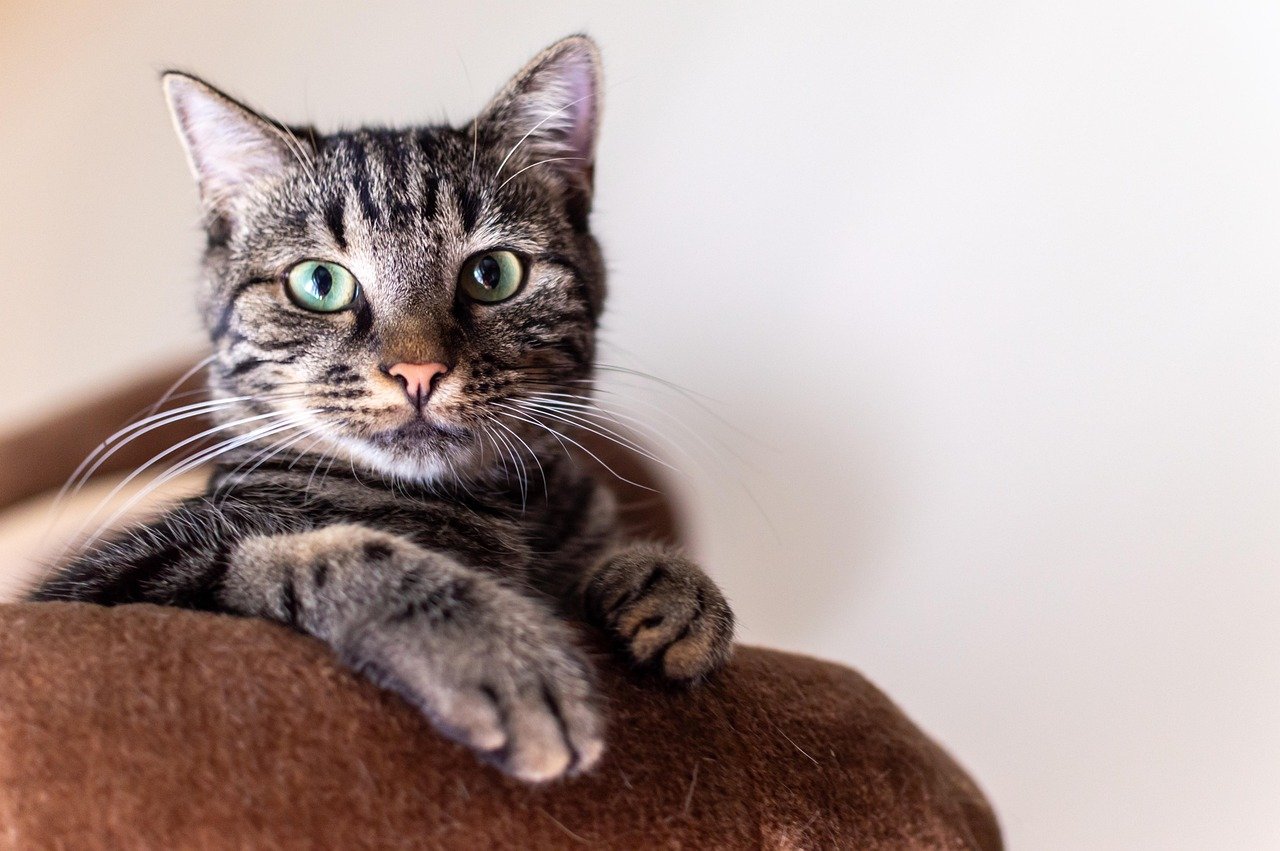The fascinating world of feline behavior often leaves us with questions about our furry companions. One intriguing aspect is why some cats seem to become more affectionate as they grow older. For cat lovers, understanding these changes can deepen the bond with their pets and enhance their overall relationship. Cats, known for their independent nature, can surprise us with a sudden increase in cuddles and purrs as they age. This article delves into the reasons behind this heartwarming transformation, exploring the various factors that contribute to a cat’s growing affection.
Understanding Feline Independence
Cats are often celebrated for their independent spirits. Unlike dogs, they don’t typically seek constant companionship or approval. This trait is a result of their evolutionary history as solitary hunters. While this independence is part of their charm, it can sometimes make them seem aloof or indifferent. However, as cats age, their independence often softens into a more gentle demeanor, paving the way for increased affection. Understanding this shift requires an appreciation of their natural instincts and how they adapt over time.
The Role of Aging in Behavior Changes

Just like humans, cats experience changes in behavior as they age. These changes can be attributed to shifts in energy levels, health conditions, and even cognitive abilities. An older cat may prefer a calm and relaxed environment, which can make them more open to snuggles and human interaction. The slowing down of their once-active lifestyles allows them to appreciate the comfort and security that comes from being close to their human companions. Aging gracefully, they may seek the warmth of a lap or the gentle stroke of a hand more frequently.
Health and Well-being Influence Affection
A cat’s health can significantly influence its behavior. As they age, some cats may develop health issues that make them seek comfort and reassurance from their owners. Conditions like arthritis or dental problems can cause discomfort, which may lead them to crave the soothing presence of their humans. Additionally, feeling secure and loved can have a positive impact on their overall well-being, encouraging them to express affection more openly.
Socialization and the Aging Process
Socialization plays a crucial role in a cat’s behavior throughout its life. Cats that have been well-socialized from a young age are generally more comfortable with human interaction. As they age, these social experiences can lead to an increase in affectionate behaviors. They remember the positive interactions and may seek them out more as they become less inclined to explore or engage in solitary activities. Older cats often find comfort in familiar routines, which can include spending more time with their human friends.
Trust and Bonding Over Time
Trust is a fundamental aspect of any relationship, and the bond between a cat and its owner is no different. Over time, as a cat becomes more familiar with its human, it builds a sense of trust and security. This trust is often reflected in increased displays of affection. A cat that feels safe and loved is more likely to reciprocate with nuzzles, purrs, and lap time. This deepening bond is a testament to the enduring relationship that can develop when both cat and owner invest time and care in one another.
The Comfort of Routine and Familiarity
Cats are creatures of habit, and they thrive on routine. As they age, the comfort of familiar surroundings and consistent schedules can lead to more affectionate behavior. Knowing what to expect from their environment allows cats to relax and let down their guard. This sense of security can make them more open to interacting with their owners, leading to more frequent demonstrations of affection. A stable routine can offer the predictability they crave, providing the perfect backdrop for developing affectionate habits.
Emotional Maturity and Affection
With age comes emotional maturity, even for cats. As they grow older, many cats become more emotionally attuned to their owners. They may develop a deeper understanding of their owner’s moods and respond with affection when they sense a need for comfort. This emotional connection can be both heartwarming and surprising, as cats show empathy and companionship in ways that defy their previous aloofness. This newfound maturity often manifests in gestures of affection that strengthen the bond between cat and owner.
The Joy of a Shared Life
Living alongside a cat can be a rewarding experience, filled with shared moments and memories. As cats age, these shared experiences contribute to a rich tapestry of companionship that enhances their affection towards their human counterparts. Whether it’s a quiet evening spent together or a playful afternoon, these interactions build a sense of camaraderie that deepens over time. The joy of a shared life is often reflected in a cat’s behavior, as they become more affectionate and engaged with those they love.
Understanding why some cats become more affectionate with age enriches the experience of sharing life with these unique creatures. Their journey from independence to affection is a testament to the power of love, trust, and companionship. As cat enthusiasts, recognizing and nurturing these changes can lead to a fulfilling relationship that lasts a lifetime.

Linnea is a born and bred Swede but spends as much time as possible in Cape Town, South Africa. This is mainly due to Cape Town’s extraordinary scenery, wildlife, and atmosphere (in other words, because Cape Town is heaven on earth.) That being said, Sweden’s majestic forests forever hold a special place in her heart. Linnea spends as much time as she can close to the ocean collecting sea shells or in the park admiring puppies.






